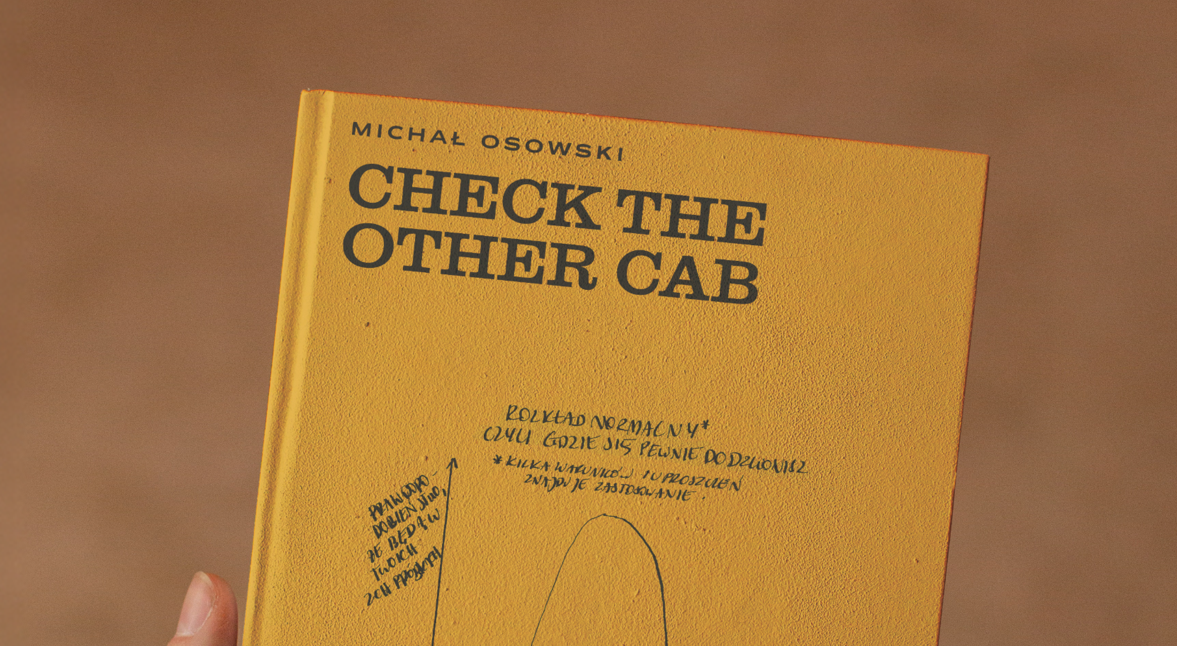If you have to buy something, check prices with at least two suppliers. Here’s how the law of diminishing returns plays out at 2 a.m. on the train station in the middle of nowhere.
I’ve got a few distinctive traits – like being an even 2 meters tall (about 6.7) or a voice that could pass for a hammer drill. When I became a manager in early 2015, I was also a textbook dumb-ass – full of the self-confidence and drive common to those of my kind. Whatever has changed since then is thanks only to the people I met along the way and the simple truths they managed to drill into me. One of those people was Maciej, and one of those truths is the one about the “second cab.”
How do you keep from getting ripped off when it’s time to buy something? Where’s the bare-minimum analysis you should run? How does a seasoned banking consultant make those calls?
The Worst Kind of Consultant
Maciej was a former consultant, a stocky guy full of energy and tact. He always wore a shirt, which was always tucked into trousers, which were always held up by a belt – an upstanding citizen. Although he’d only recently joined our firm, in general he was probably working longer than I’d been alive. “When a bank has a nasty job to do,” he explained, “they hire the Big Four consultants. When the job is so nasty that even the Big Four invoke a conscience clause, they call independent ones." And that’s exactly what Maciej had been for the previous ~20 years – "the worst kind of consultant", as he put it.
We were driving to a conference at some hotel on the outskirts of Warsaw. The 2.2-liter diesel in the company Ford was howling at a speed that made it obvious we weren’t the ones paying for the maintenance. As the senior colleague, somewhere near the A1 entrance Maciej temporarily adopted me and now he was lecturing – plainly, with no puffery – about the job. Meanwhile, still totally green, I was experimenting with my latest discovery in management and human relations – I shut up and listened. The payoff came quickly: it was then that Maciej told me what, after closer study, turned out to be the best, most pragmatic take on the “law of diminishing returns” in analytics I’ve ever encountered.

